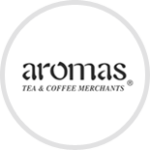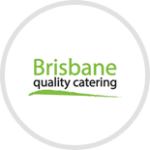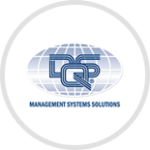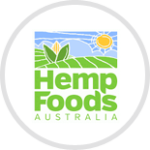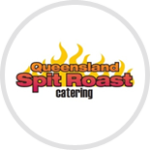PHONE +61 424 909 505

FOOD SAFETY – IT’S EVERYONE’S BUSINESS
People love safe food. Of all the quality attributes associated with food, there is one that rises above all others as the ‘essential quality attribute’ and that is FOOD SAFETY. If food tastes funny or is too sloppy or too hard it’s one thing, but if the food makes you sick……the impact for your business can be catastrophic.
According to the Food Safety Information Council there are an estimated 5.4 million cases of food poisoning in Australia each year.
On average these cases of food poisoning result in 120 deaths, 1.2 million visits to doctors, 300,000 prescriptions for antibiotics and 2.1 million days of lost work each year.
The estimated annual cost of food poisoning in Australia is a whopping $1,250,000,000 – that’s $1.25 Billion
Stories of food poisoning outbreaks or organisations with cleaning or pest problems receive wide and rapid dissemination. The message here is clear – the consumer wants information on food safety and health.
Government initiatives such as ‘scores on doors’ and the dreaded ‘name and shame’ lists publicise those who do well and those who fail to meet their legislative requirements. Of note, the consumer appears more interested in the ‘name and shame’ side of the equation – we really want to know where not to go.
Arguably, the best initiative for a business to maintain an excellent food safety position is by the development and implementation of an appropriate food safety program.
A documented food safety management program not only helps to ensure that critical food safety aspects are delivered every time but it offers proof or due diligence that you are managing food safety in accordance with your legal responsibilities.
(some of the above comments taken from article by Martin Stone, Director HACCP Australia)
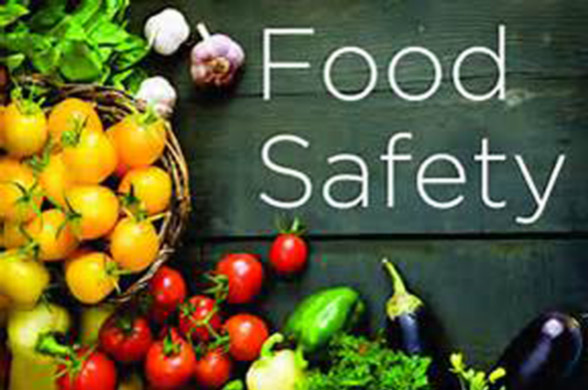

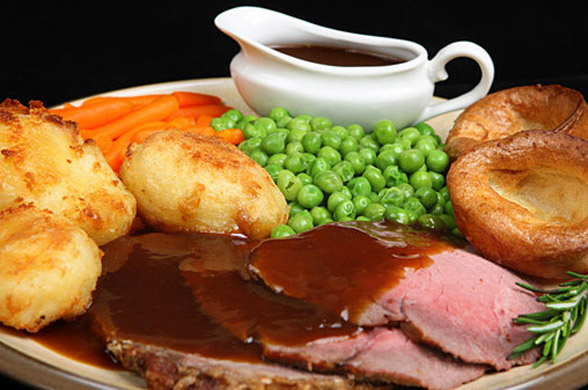
WHAT ARE THE BENEFITS OF A FOOD SAFETY PROGRAM?
A more profitable, better organised business!
Every food business has a legal responsibility to produce & sell safe food, and failure to do so could result in heavy penalties, closure of business or court proceedings (Food Act).
Preventing serious food borne illness by understanding and using safe food handling procedures is the main benefit of food safety. Decreased food waste, a well-trained staff and continuing to be able to operate a commercial establishment are further benefits of food safety;
A food safety program based on HACCP principles, is an internationally acknowledged, proven system for managing food safety. It is a documented plan for making sure the food you sell is safe by applying a preventative approach to mininmise food hazards.
A food safety program will help to ensure your reputation for the production and sale of safe, good quality food and to manage your business better through improved record keeping and cost control.
An appropriate, well implemented food safety program can also help a food business demonstrate due diligence to produce and sell safe food and provides immediate payback to the business by performing many of the following functions:
- Giving the business owner peace of mind that food safety risks for the business have been assessed, procedures to keep the risk under control are in place, and records or logs are being kept to prove the actions the business is taking to protect the customer.
- Enhanced consumer confidence by meeting guest’s expectations, upon which the establishment’s success (and employees’ jobs) depend
- Minimise the possibility of food poisoning thereby protecting guest and staff health, and reducing staff member absences
- Concentrates resources at critical points in the process
- Reducing the operation’s liability for accidents, injury or death
- Improved productivity through written work procedures
- Better kitchen management. Management that understands the benefits of food safety will impart this knowledge to their staff, making the entire operation run effectively. A staff that consistently uses safe practices will tend to waste less food, create a better product and self-monitor kitchen procedure, allowing management to focus on customer satisfaction and the business.
- Increasing the useful life of the operation’s facilities and equipment
- Increasing the effectiveness and reducing the cost of cleaning procedures with the proper use of chemicals and processes
- Reducing the risks associated with the storage and application of toxic chemicals by standardizing products and procedures
- Simplifying supervision with the use of checklists
- Used as a basis for training – all staff involved
- Eliminating product waste and simplifying work methods through the use of written cleaning procedures
- Establishing management objectives which can be used to measure the progress of the business towards reducing risks
- Improved record keeping and cost control
- Providing an acceptable return on investment for the owners of the business
- In the event of court action over a food poisoning incident, your Food Safety Program and completed documentation can be used as evidence of your commitment to providing safe food.
- Reducing the risks of operating a food establishment
A comprehensive food safety program does not cost as much as it saves, however the return on investment is dependent on how well management communicates the food safety standards, and how well employees perform to uphold these standards.
FOOD SAFETY PROGRAM DEVELOPMENT
Auditing Food Safety (Brisbane) can develop and assist you to successfully implement a tailored, compliant and easily understood Food Safety Program specific to your business.
We will consult with staff and management to develop suitable policies and procedures to support the operation and on-going management of food safety within the business.
Our food safety program will systemically identify any potential hazards that may be reasonably expected to occur in food handling operations and subsequently identify where and how such hazards can be controlled.
Our programs incorporate Hazard Analysis Critical Control Point (HACCP) principles, which represent a preventative and systemic approach to managing food safety risks.
This will include, but not be limited to:
- Management policies
- Relevant flow diagrams and task lists
- Hazard analysis and control tables for all food handling steps
- Monitoring procedures and corrective actions
- Support Programs such as training, pest control, calibration, cleaning & sanitising, complaints, product recall and others as applicable to the business
- Program verification records and/or log sheets for all steps and processes
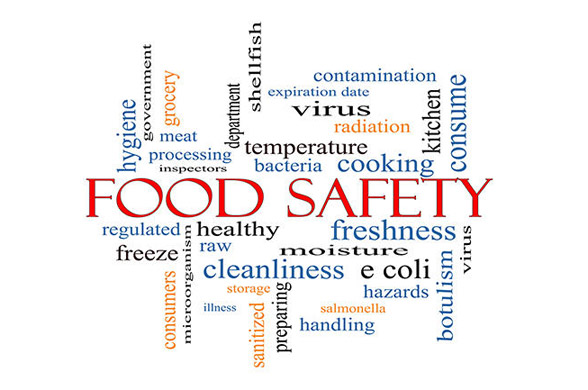


FOOD POISONING
Food service managers and all staff members are responsible for delivering safe food to the public. Moreover, customers and guests expect food businesses to provide them with safe, wholesome food. The publicity generated by an outbreak of food-borne illness can be disastrous for a business.
Managers of food businesses can protect the public health, as well as the establishment’s reputation and profits, by making sure that all staff members understand the fundamentals of food contamination and food-borne illness, and how to prevent them.
WHAT IS FOOD POISONING?
Food poisoning is an illness that can affect anyone.
Symptoms (usually diarrhoea and or vomiting, abdominal pain and nausea) are often more sever in the elderly, the very young and people with pre-existing medical conditions.
In extreme cases the illness can result in death
Food poisoning can be caused by eating food contaminated with bacteria, viruses, chemicals or poisonous metals such as lead or cadmium. Most food poisoning, however, is caused by bacteria
Food which has become contaminated with harmful bacteria does not always taste bad. Most of the time it looks, smells and tastes like it normally does.
Some foods cause food poisoning more than others and need to be cooked properly and/or kept in the refrigerator. These include chicken, meat, seafood, eggs, cooked rice, ham, salami, milk and all dairy foods. It is important chicken is cooked properly to the bone and then kept in the fridge for no more than 2 days
The top 10 causes of food poisoning:
- Food prepared too far in advance
- Cooling food too slowly
- Not reheating food to high enough temperatures
- Ready to eat food that is contaminated with food poisoning bacteria
- Undercooking
- Food defrosted at room temperature or previously defrosted and refrozen
- Cross-contamination
- Storing hot food below 60℃
- Using left-overs
- Infected food handlers – NOT WASHING HANDS



It is important to remember that the same food handling practices are used to prevent all food poisoning diseases. Washing your hands with soap and drying them on a paper towel or with a clean cloth is the best way to stop the spread of bad bacteria.
THE FOUR MOST COMMON TYPES OF FOOD POISONING BACTERIA:
STAPHYLOCOCCUS
These bacteria are found on the skin, in sores, infected eyes and in the nose, throat, saliva and bowel of humans. There may be many of these bacteria in the yellow mucus (slimy substance) which comes from the nose or is coughed up when a person has a cold or a lung infection.
Staphylococci do not cause illness until they get onto food and grow and multiply. While they are doing this they produce a toxin (poison). It is the toxin which causes the illness. The toxin is not destroyed by cooking the food.
Symptoms of staphylococcus food poisoning usually appear between 1 and 8 hours after eating the infected food
SALMONELLA
There are hundreds of different types of salmonella bacteria but not all are harmful to humans. They are found mainly in the intestines, bowels and faeces of humans and other animals. It is the salmonella bacteria themselves which can cause salmonella food poisoning.
People can get salmonella food poisoning from:
- poor food handling practices in the home or in food outlets
- seafood caught in polluted water or eggs with dirty shells
- meat or poultry which has been contaminated by poor food handling before it gets to the food outlet, such as at the abattoir
Salmonella food poisoning takes up to 48 hours to develop after the food is eaten.
CLOSTRIDIUM
These bacteria are found in the soil and in the intestines of animals, including cattle, poultry, fish and humans. Food poisoning caused by clostridium bacteria is important to know about because these bacteria are common in the environment.
People can get clostridium food poisoning from poor food handling practices in the home, in the factory or in a food outlet, especially relating to cooking and storage/refrigeration temperatures.
Clostridium food poisoning symptoms occur about 12 hours after eating the contaminated food and are similar but usually less severe than the other types
CAMPYLOBACTER
These bacteria are found in many animals including dogs, cats, cattle and poultry. The sources of infection from these bacteria are usually contaminated food and water.
People can get campylobacter from:
- ingestion of contaminated food or water (especially undercooked chicken & creek or river water)
- contact with infected animals (especially puppies or kittens with diarrhoea)
- poor food handling (especially by using the same chopping boards, knives and plates for raw and cooked chicken)
Campylobacter food poisoning symptoms usually last from 2 to 5 days.






